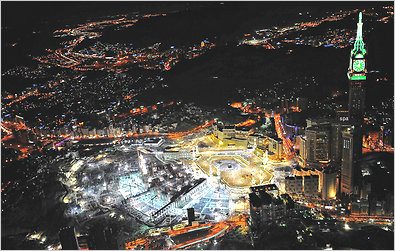RELATED ARTICLES: Awarded contracts in Saudi at their highest value | 30% jump in new buildings expected in traditional Saudi neighbourhoods | Jubail residents call for private industrial assistance to improve city’s infrastructure
The Saudi Arabian construction market faces a challenge in adopting smart building technologies, architects in the country have said, despite encouragement and results from the rest of the GCC.
Smart building processes, can promote savings of up to 30% in power consumption, in residential and commercial projects. While countries like UAE have embraced these technologies, which are also found to reduce construction costs by 60%, the number of smart buildings in Saudi Arabia continues to remain low.
At present smart buildings account for only 40% of all residential projects in the country.
“There are difficulties in implementation of smart building technologies since Saudis look for wide space, which is not available in smart buildings,” said Abdullah Bakr Radwan, member of the national committee at the Council of Saudi Chambers.
“Another obstacle to increasing residential units in the Kingdom in general is the high land prices,” he added. “The idea should be promoted through consultancy agencies, which should propose it to contractors.”
While the Kingdom has introduced modern building codes as an effort to promote smart building projects, real estate developers claim the technologies do not seem to be popular in the country at the moment. Abdullah Al-Sulaimani, a developer from the country said it was difficult to determine the average costs for the construction of smart buildings, as they differ in classification and levels.
“Air-conditioning, heating and lighting technologies implemented in smart buildings save power, reduce carbon dioxide emissions and lower water consumption by 50%,” said Al-Sulaimani as per a report by Arab News. “Construction wastes will also be reduced by 90% with the implementation of smart building methods.
“Converting an existing building into a smart building would cost as much as 50-100% of the original construction costs, depending on the changes and additions,” he added.


